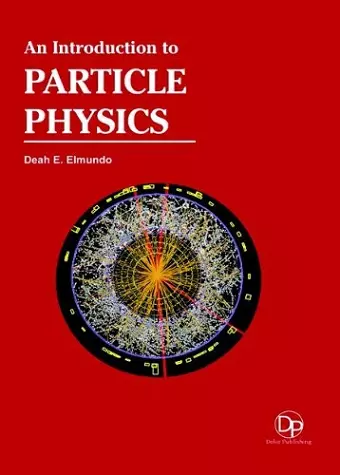An Introduction to Particle Physics
Format:Hardback
Publisher:Delve Publishing
Published:30th Nov '16
Should be back in stock very soon

Protons, electrons, neutrons, neutrinos and even quarks are often featured in news of scientific discoveries. All of these, and a whole “zoo” of others, are tiny sub-atomic particles too small to be seen even in microscopes. While molecules and atoms are the basic elements of familiar substances that we can see and feel, we have to “look” within atoms in order to learn about the “elementary” sub-atomic particles and to understand the nature of our Universe. The science of this study is called Particle Physics, Elementary Particle Physics or sometimes High Energy Physics (HEP). Atoms were postulated long ago by the Greek philosopher Democritus, and until the beginning of the 20th century, atoms were thought to be the fundamental indivisible building blocks of all forms of matter. Protons, neutrons and electrons came to be regarded as the fundamental particles of nature when we learned in the 1900’s through the experiments of Rutherford and others that atoms consist of mostly empty space with electrons surrounding a dense central nucleus made up of protons and neutrons.
Modern particle physics research is focused on subatomic particles, including atomic constituents such as electrons, protons, and neutrons (protons and neutrons are composite particles called baryons, made of quarks), produced by radioactive and scattering processes, such as photons, neutrinos, and muons, as well as a wide range of exotic particles. Dynamics of particles is also governed by quantum mechanics; they exhibit wave–particle duality, displaying particle-like behaviour under certain experimental conditions and wave-like behaviour in others. In more technical terms, they are described by quantum state vectors in a Hilbert space, which is also treated in quantum field theory. Following the convention of particle physicists, the term elementary particles is applied to those particles that are, according to current understanding, presumed to be indivisible and not composed of other particles. All particles and their interactions observed to date can be described almost entirely by a quantum field theory called the Standard Model.
ISBN: 9781680958072
Dimensions: unknown
Weight: unknown
262 pages